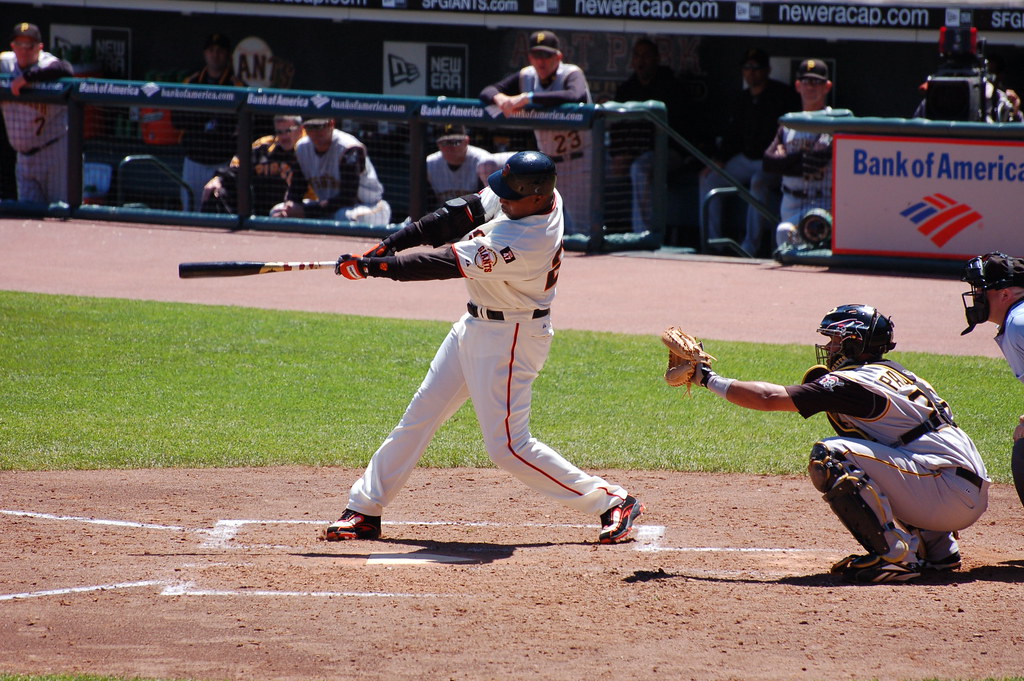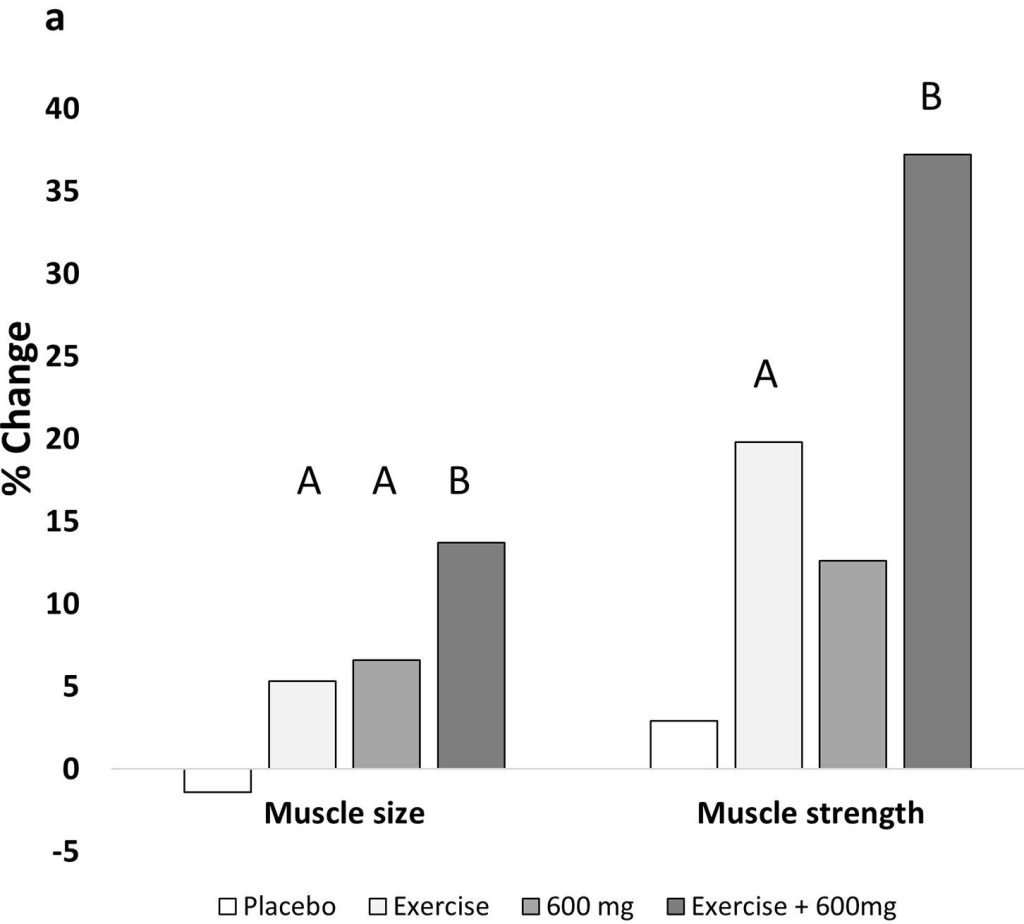What is the most difficult thing to do in sports? Many fans and journalists say it’s hitting a home run in baseball. It isn’t so hard for everyone though- Barry Bonds racked up 762 of them across his MLB career, setting the record for the most home runs ever hit. But what fans also remember are the allegations that Bonds used performance-enhancing drugs to gain a step on the competition. But how much of his success should really be attributed to steroids?
The type of steroids taken by Bonds and other athletes are known as anabolic androgenic steroids, which are drugs derived from testosterone. Testosterone, a natural hormone produced in our bodies, is one of the main contributors to human growth development, and more specifically, the growth and reduction of biological tissues. While users of anabolic steroids have long preached the muscle-enhancing effects of these drugs, their effectiveness had previously been doubted due to a lack of concrete evidence and understanding of how they did so.
Many early studies were deemed inconclusive, in large part due to experimental design flaws such as non-regimented diets and exercise plans. These errors were eventually fixed, and with the rise of magnetic resonance imaging (MRI) machines, which allowed for more precise measurements of changes in muscle composition, studies have been done that more conclusively observe a connection between muscle growth/strength and anabolic steroids.
Researchers from the New England Journal of Medicine performed a study in which they divided 43 “healthy, young men” into four experimental groups. The groups encompassed the permutations of taking either a 600 milligram dose of testosterone or a placebo, and either working out or omitting exercise. The results show that whether the subject exercised or not, those that received testosterone experienced increases in both muscle size and strength. The muscle size was measured using MRI, while the strength was measured using a one rep max weight on bench-press and squat movements.
So it has become clear that testosterone and other anabolic steroids have a strong correlation to muscle growth and strength. But what are the mechanics behind this finding?
That is a very difficult question to answer as the way that muscle size and other factors relate to strength are still quite unknown and require more research. Thankfully, as seen in the New England Journal study and many others, we know that anabolic steroids have been seen to enhance the effects of strength training. So what are these effects and how do they make us stronger? Some of the items researchers look at are increased muscle hypertrophy, or mass, fiber formation and cross sectional area, and muscular cell count. For example, according to the Health & Environmental Research Online (HERO) database, it has been shown that strength training results in an increase in myosin-heavy chains within the muscle, myosin being a protein that assists in muscle contraction. HERO also cites an increase in satellite cells that are responsible for nuclei production in changing muscle fibers. Researchers are continuing make findings such as these that can help us connect the dots between anabolic steroids and human musculature.


